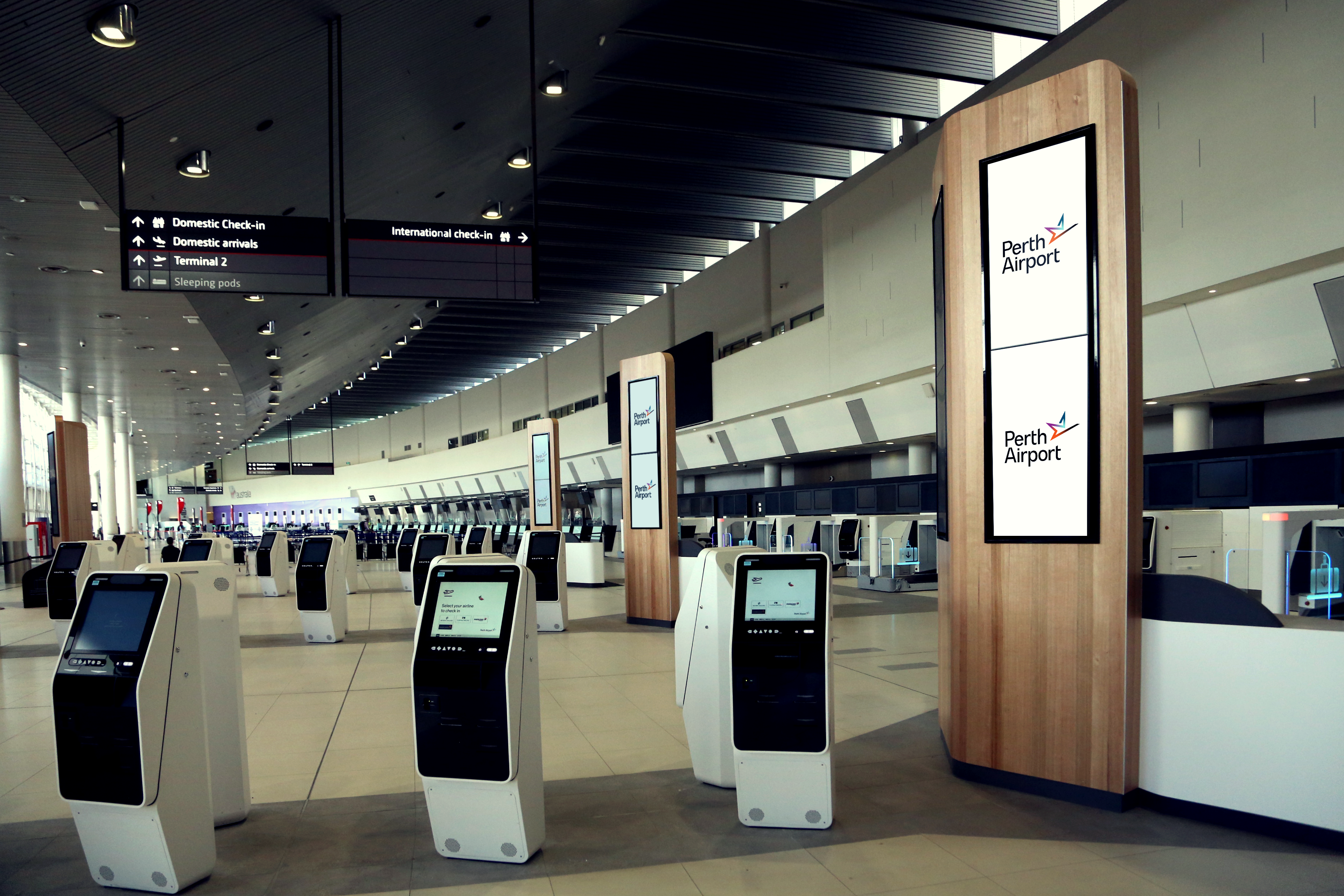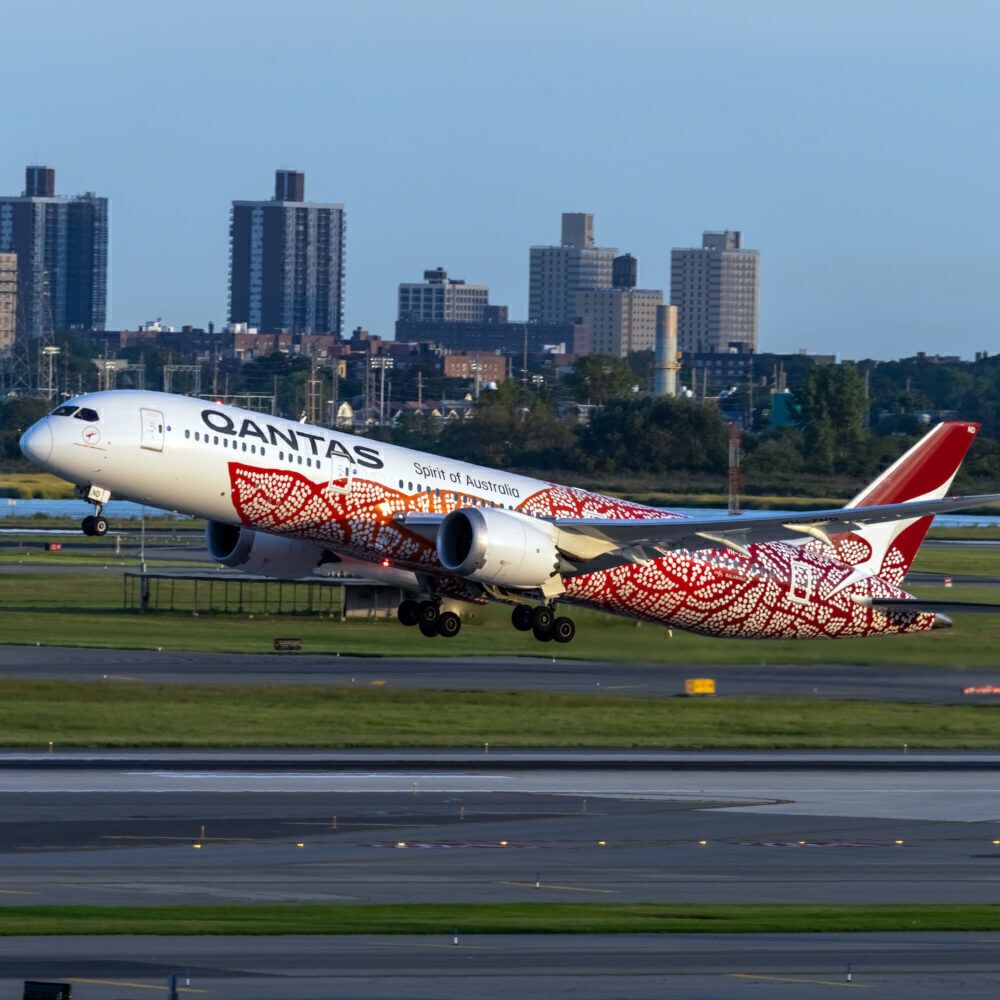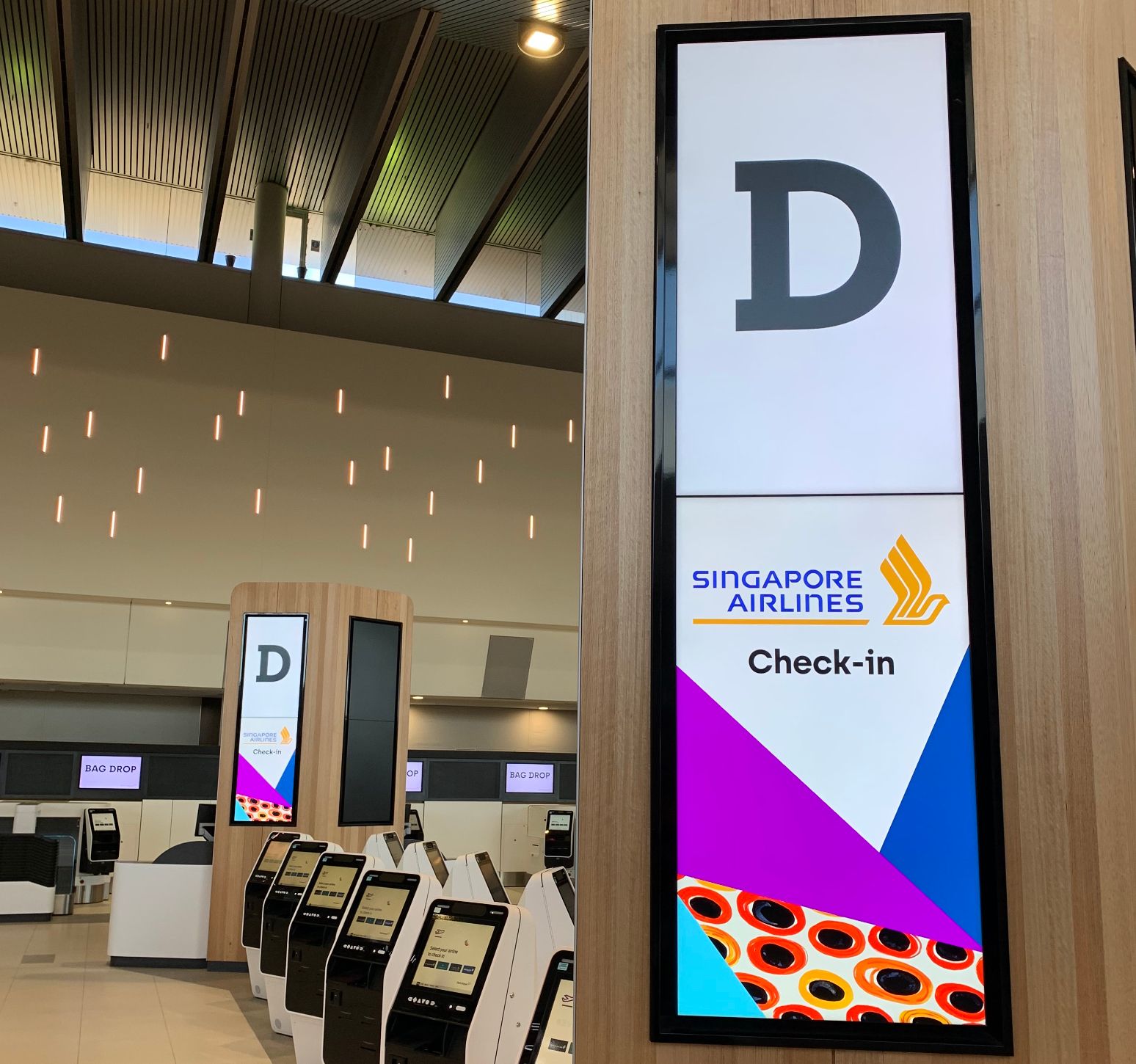If there are any positives to come out of Covid at all, then the rapid move into contactless technologies is one. Many of these solutions, including self-serve check-in and biometrics, are not new, but their adoption has been accelerated by the pandemic and the resulting lack of available staff to process passengers manually.
Australia's Perth Airport (PER) is an important west-coast hub, located around 2,000 miles (3,200 kilometers) and four and a half hours flying time from Sydney International Airport (SYD). It is where Qantas flight QF9, the 17 hours non-stop service to London Heathrow Airport (LHR), departs and is a popular hub for flights to Southeast Asia.
The Heathrow flight is the first step in Qantas's Project Sunrise, which will operate non-stop flights from Sydney and Melbourne to New York and London using Airbus A350 aircraft. The QF9 service is operated by a Boeing 787-9, which takes around 17 hours to cover the 9,000 miles (14,500 kilometers) to London.
Your face is the boarding pass
This week Perth Airport announced it is trialing biometric passenger processing, starting with selected Singapore Airlines flights. The airport has installed new self-service kiosks and bag drop units that are currently being used by Singapore Airlines and Air New Zealand, with Cathay Pacific, Emirates and Malaysia Airlines soon switching to them.
The biometric trial, using technology from Amadeus, will involve Singapore Airlines and Cathay Pacific. Using biometrics this way turns a passenger's face into a boarding pass, completing the transition from printed boarding passes to mobile phones to something you can't leave at home.
Perth Airport CEO Kevin Brown said using biometrics will eliminate the need for a physical boarding pass and passport check at both the auto bag drop and boarding gate. He added that the technology would allow "more passengers to be served to a higher standard" and support the airport's growth.
"We have an uncompromising stance on safety and security, and the adoption of the new technology enhances our processes while also improving the customer experience and ease of processing by automating passenger identification."
Perth and Singapore go way back
Singapore Airlines has been operating at the airport for more than fifty years and currently operates 21 weekly services between Singapore and Perth. The airline maintained passenger and cargo services to Australia throughout the pandemic, and since the border reopened, it has rebuilt services to more than 110 flights to seven cities. Its Australian services are operated with a mix of Airbus A350-900s and A380s, with Boeing 737 MAX 8s, 787-10s and 777-300ERs.
Discover more Oceania news here
The airport recently converted 16 check-in counters in its international terminal into 36 self-check-in kiosks and 16 auto bag drop units, all having biometric processing capability. For the trial, volunteer passengers will self-check in and, with their consent, create a biometric token that verifies the booking and passport details and the facial image. The passenger is biometrically identified at the bag drop, and no documents are required for that part of the process.
At boarding, the biometric camera will automatically identify them using the token and validate their details against the airline's departure control system. If all is in order, the boarding gate opens, the passenger is marked as boarded in the airline's system and can proceed to the aircraft.
Biometric systems are not without their critics, particularly on the issue of storing passenger images and data protection. On the Amadeus system at Perth Airport, the biometric token is protected and stored on a secure server for a "very limited period" and is deleted after the passenger boards the flight or 24 hours after it was created.
How do you feel about using biometrics for the complete boarding process?


.jpeg)


.JPG)